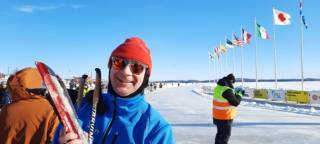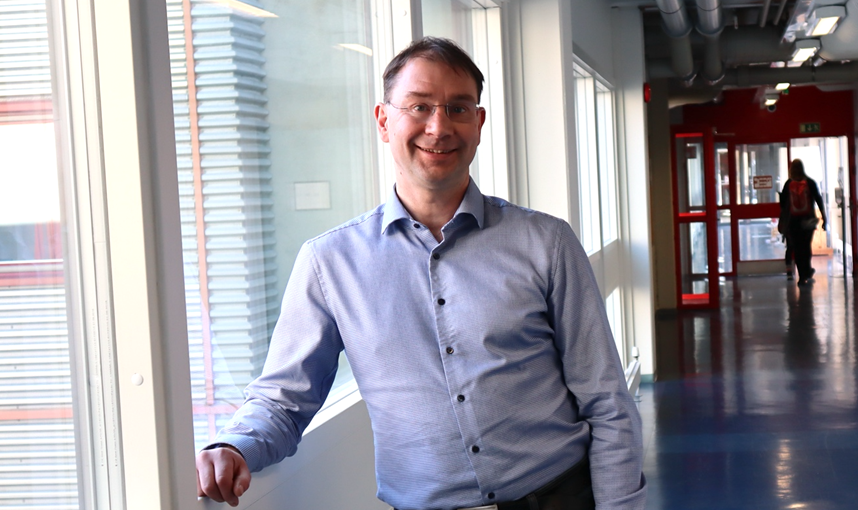Karim Ameziane, Oskari Kulta, Miina Björninen
Photos: CoeBoC Media Team, Pasi Kallio
Connecting microsystems and cell
Prof. Pasi Kallio’s group started using microtechnology on cell applications in the year 2000 as a joint effort between Tampere University of Technology, the University of Tampere and VTT. Back then, he was still a PhD student. “We started pretty much from zero”, Kallio states, as he recalls the group’s early days.
As the most senior member, Kallio took the lead of the group, then continued coordinating and developing it after defending his thesis in 2002. He is amongst the first people to delve into the field of microrobotics and microfluidics in Finland and has since contributed to many advancements combining engineering and cell technology.
Diversity in skill and age, an asset to success
Kallio sees his group as multidisciplinary from the engineering point of view and comprised of motivated people. He also thinks it has been beneficial having a good mix of researchers at different stages of their career; senior researchers are able to instruct and relay their knowledge to younger members and have valuable experience on past and ongoing projects.
“It is a great team, really!” he adds when describing the helping attitude within the group.
Roots in the laboratory
In addition to a significant role in CoEBoC, Kallio acts as the vice-dean of research of the Faculty of Medicine and Health Technology in Tampere University. Moreover, Kallio has been involved in multiple EU research projects in co-operation with other European universities as well as in several “from research to business” projects. The current example includes BF-MEMO project which focuses on commercializing a modular platform for epilepsy modelling in vitro.
Despite his passion for hands-on work, Kallio does not find himself working in the laboratory too often anymore. “I like to think that my hands-on is when I read and comment on publications, that is how I can put my hands on the research”, Kallio sums. “That is something I would like to have more time for. I also do not see it being realistic that I go back to the lab, given that the skills are quite rusty already.”
But what does a group leader do outside of work?
“My hobbies are mostly related to physical exercise”, says Kallio as he details how he frequently plays floorball, ice-skates during winter, and walks his dog in the forest every day. Pasi goes on to describe how these activities take place whenever he has free time, which consists of early evenings, weekends, and sufficiently long vacations.

Find more info about Kallio’s, Micro- and Nanosystems Research Group here.

